いくつかの金属が光沢があり滑らかに見えることに気づいたことがありますか, あなたの宝石のモーターカーの金のクロムのように, or a smooth visceral on your kitchenware? This sorcery doesn’t occur by chance—it’s because of plating! But what is plating? and why do we use it?
それで, in this article, we’re going to run over exactly what plating is, the plating process, what it’s used for, and why you need it. If you’re in manufacturing, jewelry making, or just want to know, the answers are here.
メッキとは何ですか?
This means that plated is the application of a thin cover of material (often metal) on a surface to improve its characteristics or look. 言い換えると, それはある種の保護的なコーティングであり、光沢があります, スタイリッシュな光沢, あなたがそうするなら, 個々の作品に.
これは耐久性のために行うことができます, 耐食性, 外観, 等. 飾りに金のヒントを追加したいのか、それとも腐食に耐える部分を作るか, メッキは十分に確立された方法です.
How Does Plating Work?
メッキは通常、金属層の堆積を伴います (または他の素材) いくつかの異なる手法を使用して基板に. これらは、2種類のメッキ方法です, 電気めっきやエレクトリ型のメッキについて聞いたことがあるかもしれません. 各アプローチにはさまざまな長所と短所があり、選択は素材と達成したい結果に依存します.
電気めっき
メッキのために最も利用されているアプリケーション技術の1つは、電気めっきです. このプロセスは、金属コーティングをアイテムに電気めっくすることを伴います. Here’s how it goes:
ステップ 1: The object that will be plated (referred to as the “substrate” during the process) is first cleaned for dirt and/or oil.
ステップ 2: The substrate is placed in a Metal Ion Solution.
ステップ 3: An electric current runs through the solution. This prompts the metal ions to migrate and deposit onto the substrate’s surface, creating a thin metallic film.
You’ve probably witnessed this for chrome plating on car bumpers or gold plating for jewelry.
Electroless Plating
No electricity is required for this method. それよりも, it uses a chemical reaction to deposit the metal. One of the main differences here is that electroless plating does a more uniform job of plating and can coat non-metals like plastics. この技術は、エレクトロニクスのコネクタなどのコーティング製品で一般的に使用されています, 均一性が重要な場合.
Why Is Plating Used?
メッキを選択する特定の理由があります:
美的魅力
おそらくめっきの最も使用されている理由の1つは審美的な魅力です. 光沢のある金メッキのリングを考えてください, またはミラー仕上げクロムバンパー, rsオン, 車の. 彼らは非常に魅力的で、簡単に注意を引くことができます. これらは、金のような製品で魅力的で美しい高品質の仕上げのために使用されます, 銀, クロム, 等.
耐久性の向上
メッキは余分な保護層を追加し、部品の耐久性をさらに高める. 例えば, クロムメッキは、錆や腐食を阻害するための自動車部品およびハンドツールに一般的に適用されます. メッキ層は摩耗と裂け目に対する障壁として機能します, 基礎となる基質の完全性を維持します.
耐食性
鉄と 鋼鉄 水分や空気にさらされるとすぐに錆びる金属です. 酸化 ニッケルやクロムなどの金属でめっきすることで防止されます. それは、部品が極端な環境条件に耐える必要があるセクターで一般的に続く慣行です, 自動車や航空宇宙など.
電気伝導性
例えば, メッキは、電子機器の導電率を高めるために使用されます. 金は、コネクタのようなメッキアイテムの一般的な材料です, 電気の偉大な指揮者であり、腐食に抵抗するため. システム内の電流の適切な進行を保証します.
Wear and Tear Resistance
メッキは単なる化粧品ではありません。また、部品が摩耗しないようにすることもできます. ニッケルメッキ, 例えば, 機械部品の摩擦を減らし、機械の寿命を延ばすのに役立つ人気のオプションです.
Different Types of Plating
メッキは、万能のプロセスではありません. さまざまな材料とさまざまな目標が、さまざまなテクニックを求めています. 今, 最も一般的なプラットのいくつかを見てみましょう:
クロムメッキ
クロムメッキは、滑らかで光沢のある/反射的な仕上げを提供する両方の審美的な理由で部品に適用されます, 耐食性が追加されます. あなたはそれを一般的に車のバンパーで見つけることができます, オートバイ部品, そして蛇口. それは外観を微調整し、耐久性のある表面を提供するために使用されるめっきの一種です.
Gold Plating
長年にわたって, ゴールドメッキは、宝石の一般的な慣行となっています, エレクトロニクス, 医療機器でさえ. それはアイテムを豪華に見せ、また高い腐食抵抗を提供します. Gold is also a very good conductor, which is why it’s often used in electronics.
Silver Plating
Typical Uses of Silver Plating Silver plating is used in flatware, ジュエリー, および電気コンポーネント. Silver is less durable than gold or chrome but offers a lustrous finish and excellent electrical conductivity. An example is jewelry designed with silver, which often can be cheaper than solid silver (because is silver-plated) and is a cheaper option.
ニッケルメッキ
For what applications Nickel plating are used? 強いです, 耐久性のある, and corrosion-resistant. Nickel also gives a smooth finish, which is often used to increase the wear and tear resistance of metal parts.
Tin Plating
Tin plating is often used for food packages, electrical elements, and soldering material production. This makes tin less prone to rusting, さまざまな環境で機能し続ける必要があるアイテムの重要な機能.
Common Applications of Plating
現時点で, これは主にさまざまな産業や多数のアプリケーションに使用されます. 最も一般的なアプリケーションは次のとおりです:
ジュエリー
金, 銀, そしてプラチナメッキはジュエリーで最も一般的に使用されているものの一部です. ジュエリーメーカーに明るくなります, 基礎となる素材を摩耗から保護しながら光沢のある仕上げ. また、金の層で安価な金属を覆うことにより、金のような高価な金属をより容易に利用できるようにします.
自動車産業
車で, メッキは、排気システムなどの部品を保護します, バンパー, 錆からのエンジンコンポーネント. クロムメッキ, 光沢のある表面と堅牢性で知られています, 特に一般的です. そして、それは滑らかな車に与えます, 見逃すのが難しいきらめいの外観.
エレクトロニクス
“In an era of rapid technological change, the demand for high-quality electronic components will not be satiated. Plating in electronics is critical to preserving conductivity and ensuring longevity in devices such as smartphones, コンピューター, and other home appliances. 例として, gold-plated connectors aid with signal transmission and reduce the chances of corrosion.
航空宇宙
Aerospace components need to be strong, withstand extreme heat, and remain durable over time. Plating ensures these tools are doing their work. Nickel and cadmium plating have been widely used in the aerospace industry to protect parts from exposure to heat, 水分, and mechanical wear.
食品包装
Food packaging is tin-plated, such as cans, to prevent rusting and preserve the contents. In addition to use alone as a coating, tin is often plated to another material to help serve as a barrier for food in a container.
Advantages of Plating
Plating protects items, making them last longer and work better. Plating helps products withstand the test of time — whether by preventing corrosion or reducing friction.
美的魅力
時々, how a product looks can be just as important as how it functions. Plating offers a shiny, aesthetically pleasing appearance that improves the look of products such as jewelry, 消費財, および自動車コンポーネント.
費用対効果が高い
Instead of having to manufacture an entire part out of rare or expensive metals, you can plate a cheaper material with the desired metal. Plating to give one a very similar appearance and functionality at an affordable price.
Disadvantages of Plating
While plating has lots of benefits, it also comes with a few disadvantages:
厚さの制御
Plating has to be precise. If the coating is too thick, it can warp the part; if too thin, it may not provide enough protection. Consistency is key!
環境への懸念
Certain processes in plating, such as those involving cadmium or chromium chemicals, can be eco-unfriendly. Reducing the environmental impact would require appropriate disposal of chemicals and waste.
結論
Plating is a general process involved in manufacturing, as well as the production of jewelry, automotive, エレクトロニクス, 等. From corrosion resistance to wear prevention, electrical conductivity and even enhancing a product’s aesthetics, plating can have a significant impact on performance and life. Knowing how plating works, what its various types are, and where it’s used, you’re in a better position to appreciate the value of this process in everyday life and industry. お問い合わせ 詳細については.

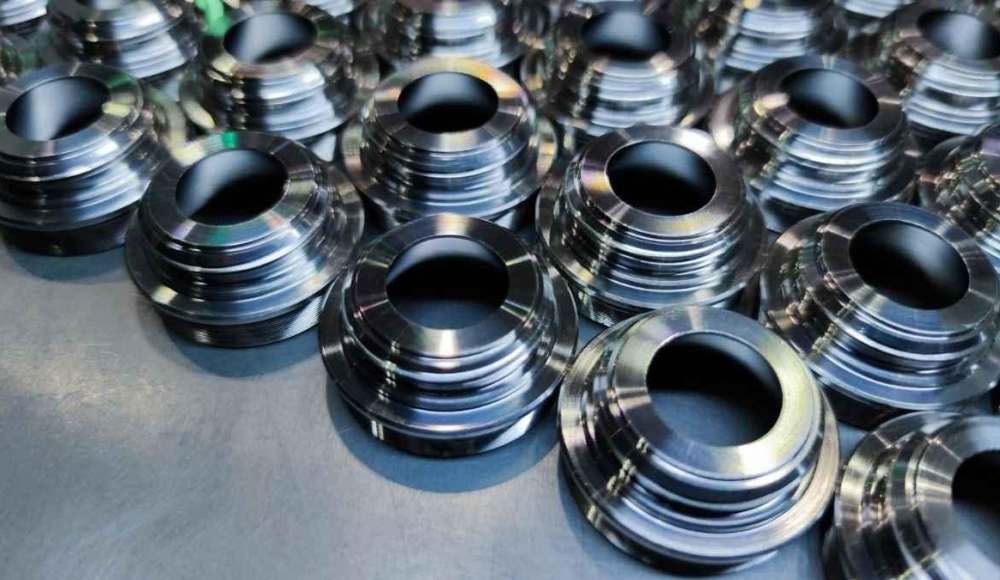

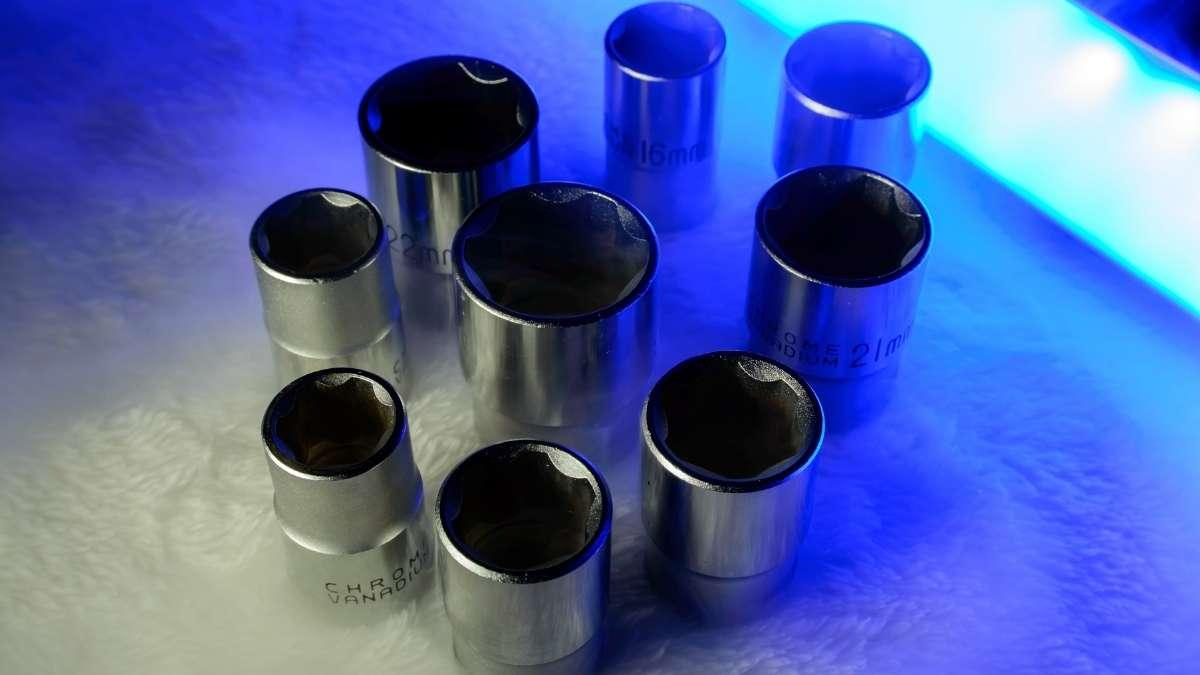
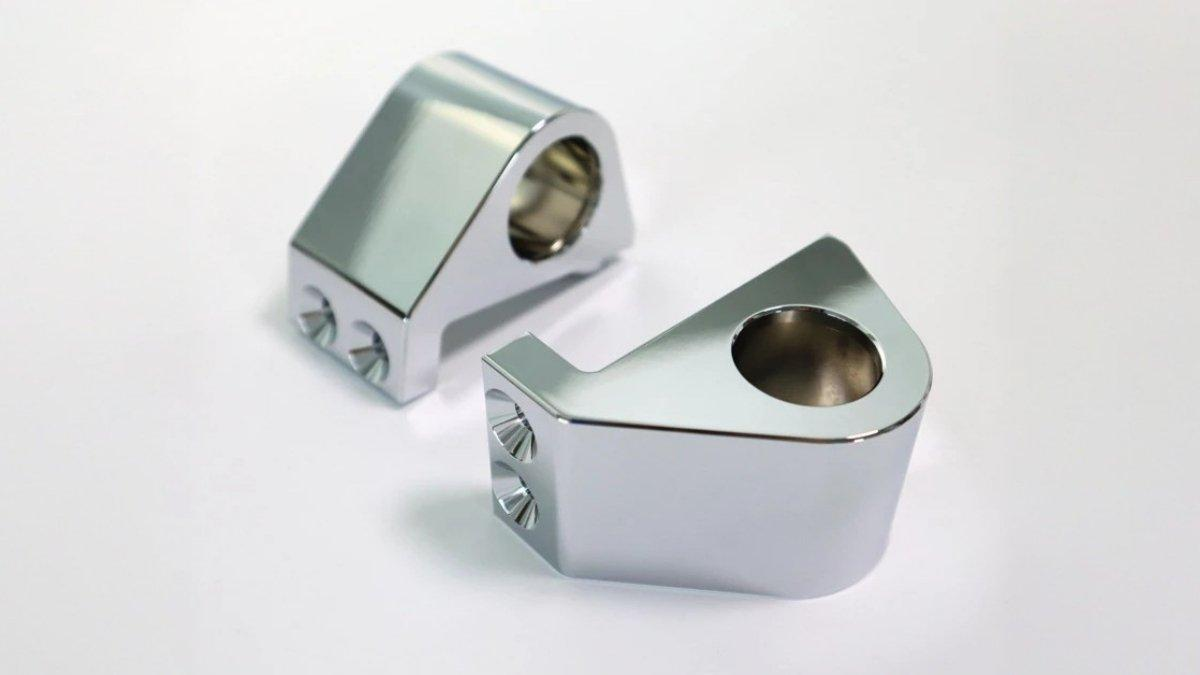
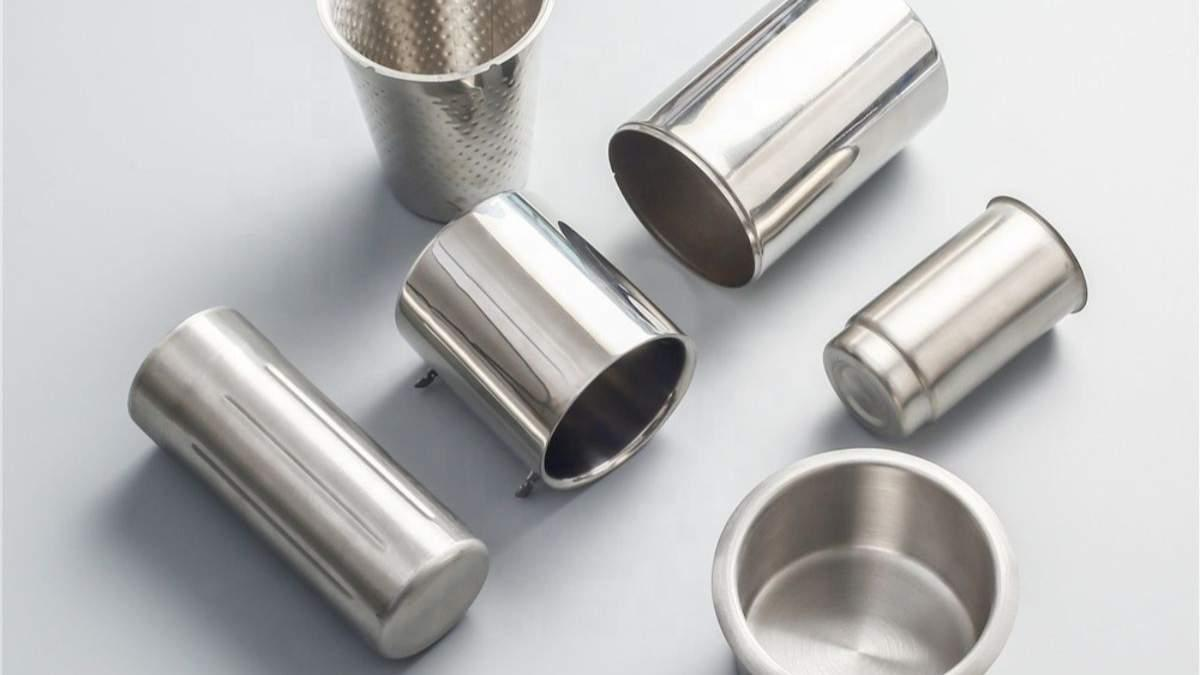
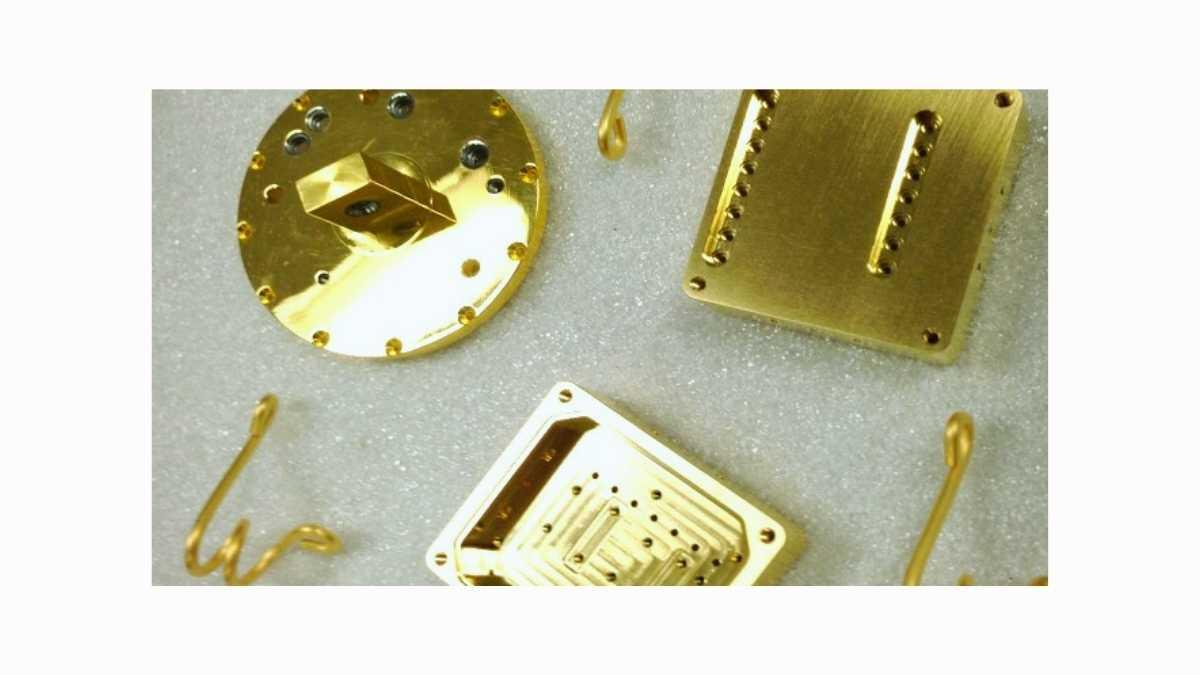
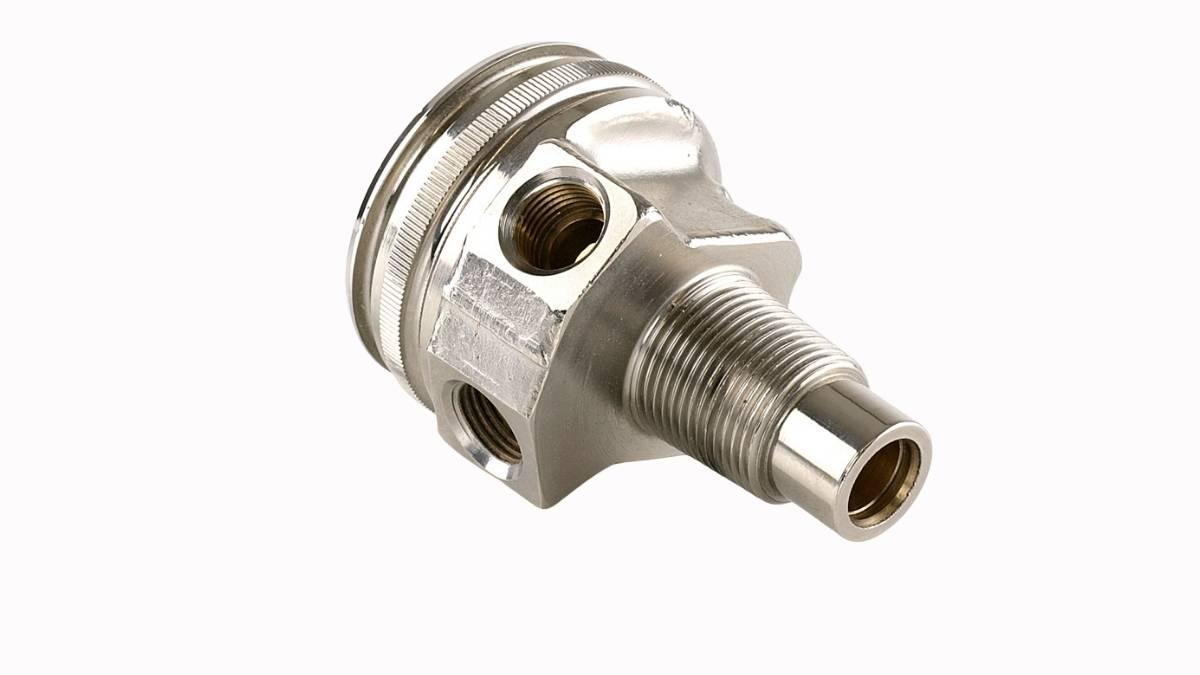
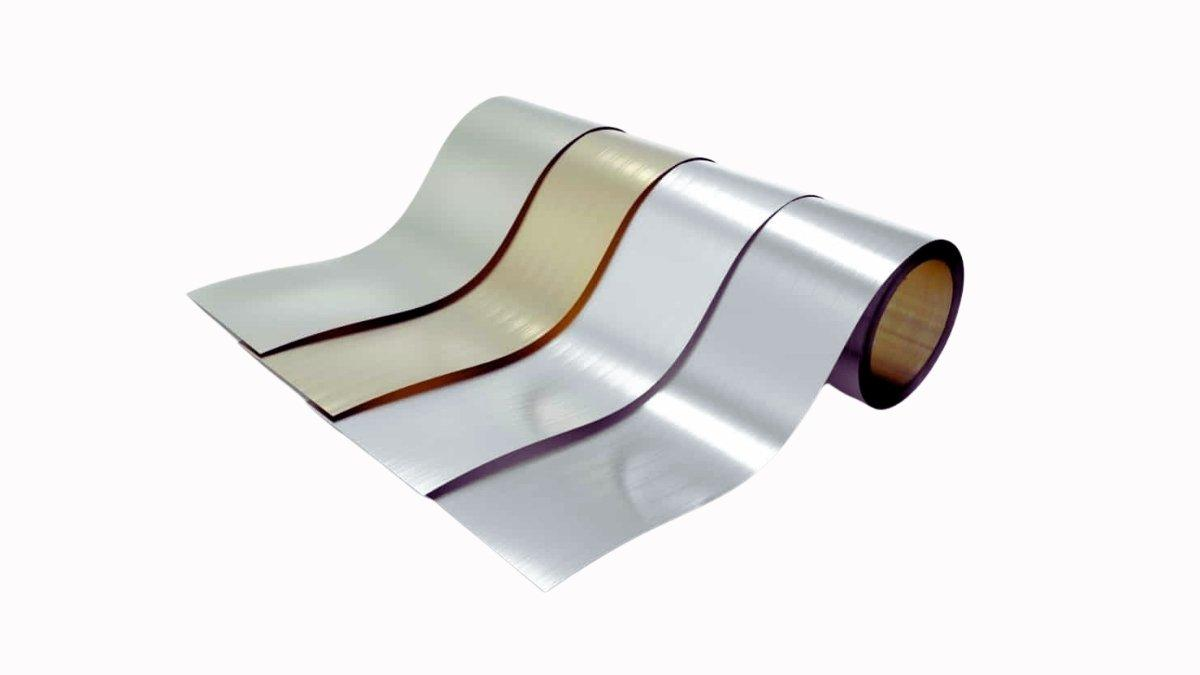
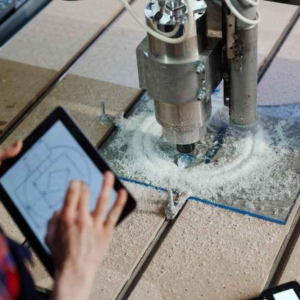
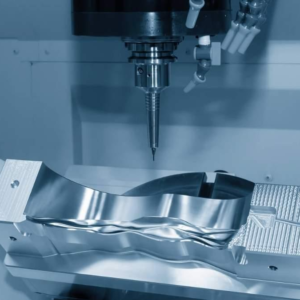
1 「」について考えましたメッキとは何ですか? すべての詳細を説明”